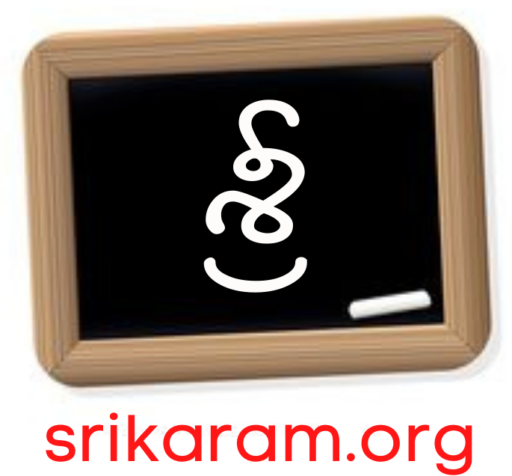The history of the Telugu language is rich and complex, reflecting its evolution from ancient roots to its current status as a major Dravidian language. Here’s an overview of the historical development of Telugu:
1. Ancient Origins
- Dravidian Roots: Telugu belongs to the Dravidian language family, which includes Tamil, Kannada, and Tulu. The Dravidian languages have ancient origins, with a presence in South India dating back over 4,000 years.
- Early Inscriptions: The earliest evidence of Telugu is found in inscriptions and literary works dating from the 6th century CE. The “Nannaya” inscriptions and the “Chalukyan” inscriptions are notable early examples.
2. Classical Period
- Medieval Telugu Literature: The classical period of Telugu literature began around the 11th century CE. Nannaya Bhattaraka, Tikkana (also known as Tikkana Somayaji), and Yerrapragada were prominent poets who contributed to the literary development of Telugu.
- Nannaya: Known for translating the Mahabharata into Telugu, which is considered a seminal work in Telugu literature.
- Tikkana: Continued the translation of Mahabharata and contributed significantly to Telugu literature.
- Yerrapragada: Known for his poetic works and contributions to Telugu language and literature.
3. Medieval and Early Modern Period
- Bhakti Movement: During the medieval period, the Bhakti movement influenced Telugu literature, with poets like Pothana, Narasimhata, and Sankardev contributing devotional poetry.
- Pothana: Famous for his translation of the Bhagavata Purana into Telugu, known for its rich poetic language and devotional content.
- Kakatiya Dynasty: The Kakatiya dynasty (11th to 14th century CE) played a significant role in promoting Telugu as a literary language. Their patronage led to the flourishing of Telugu literature and culture.
4. Modern Era
- Colonial Period: During the British colonial period, Telugu literature underwent significant changes with the introduction of modern literary forms and influences from Western literature.
- 19th and Early 20th Century: Malluputta, Gidugu Ramamurthy, and C.P. Brown were instrumental in the standardization of Telugu and its grammar.
- C.P. Brown: A British officer who was one of the first to study Telugu and contributed to its grammar and lexicon.
- Gidugu Ramamurthy: Worked on simplifying and standardizing Telugu language and grammar.
5. Post-Independence Era
- Language Movements: The 20th century saw significant language movements, including the effort to preserve and promote Telugu. The creation of the linguistic state of Andhra Pradesh in 1953, and later Telangana in 2014, marked significant milestones in the political and cultural recognition of the language.
- Contemporary Telugu Literature: Modern Telugu literature includes a wide range of genres, from novels and short stories to poetry and drama. Writers like Chalam, Yandamoori Veerendranath, and Kumudini have made significant contributions in recent years.
6. Influence and Growth
- Film Industry: Telugu cinema, also known as Tollywood, has significantly influenced the language and its usage, contributing to its global presence.
- Global Diaspora: The Telugu-speaking diaspora has spread the language across the world, contributing to its global recognition and growth.
7. Language Reforms and Development
- Standardization: Efforts have been made to standardize the Telugu script and grammar, including modernizing its use in educational and official contexts.
- Technological Advancements: The advent of digital technology has led to increased use of Telugu in online platforms, social media, and software development.
The history of Telugu reflects a dynamic evolution from ancient traditions to a modern language with a rich literary heritage. It has continually adapted to changing socio-political contexts while maintaining its cultural essence.
